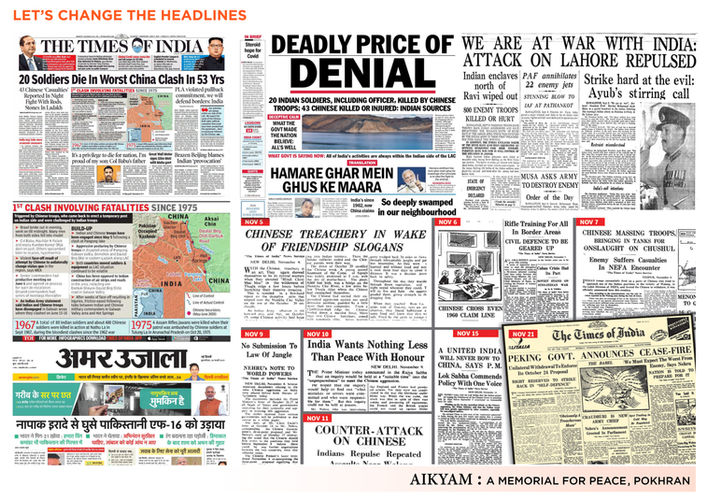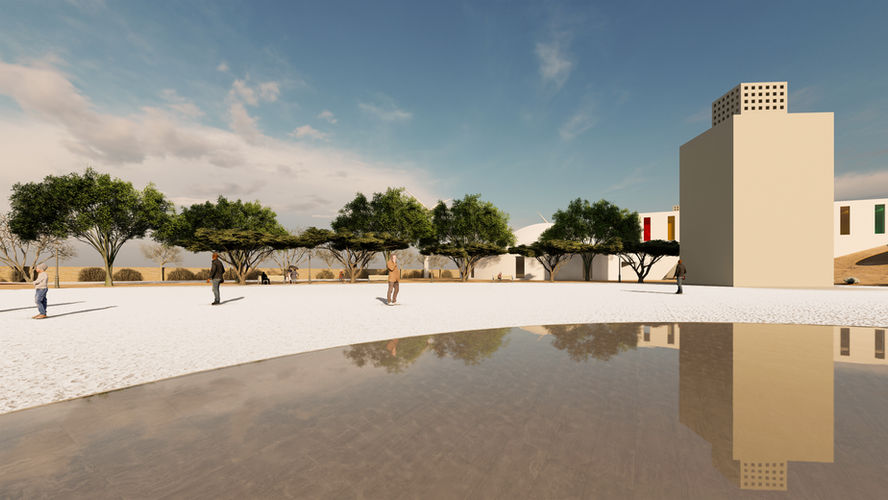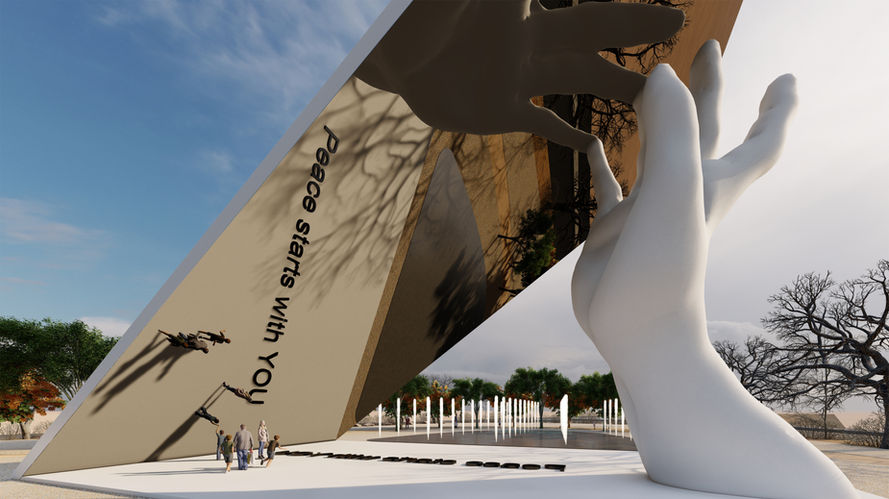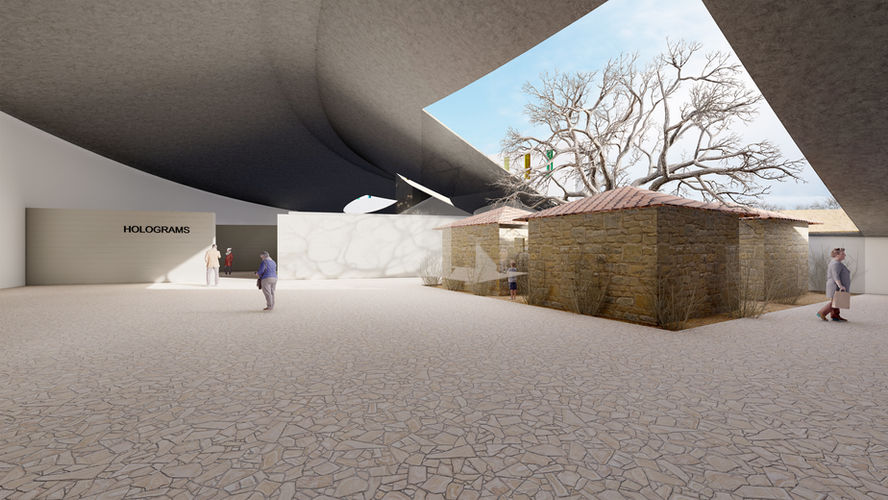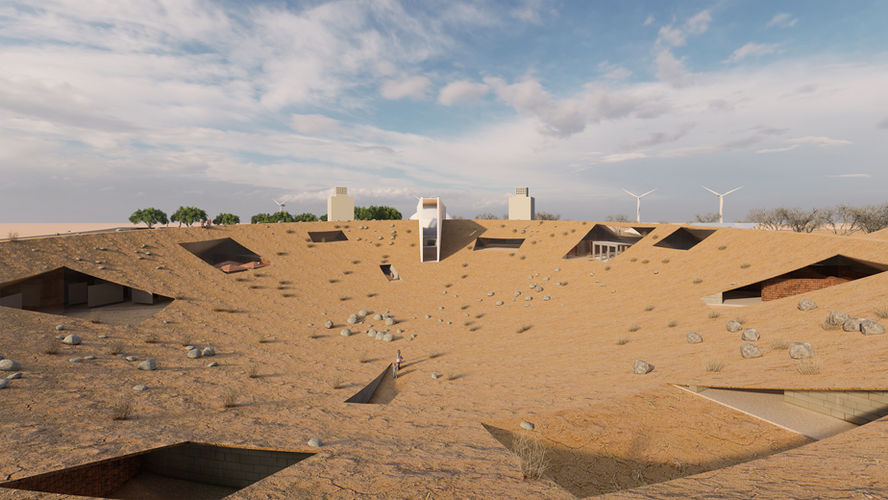
© Namish Jain
THESIS DETAILS:
Peace memorial, a project to signify the importance of peace. Ancient India was always considered a peace-loving country, but today the scenario is not the same. India has been ranked 139th position among 163 countries in the global peace index 2020. There is a continuous rise in internal conflicts and also with its neighboring countries like China, Pakistan, Nepal, etc. The aim of the project is to bring a sense of peace for users as well as will act as a national symbol India stands for peace.
A peace memorial is a contrast to a war memorial. Where a war memorial showcases a dreadful event of war in history, peace memorial on the other hand appreciates the state of contentment.
The approach of making this peace memorial has been through the passage of drastic events faced during a war or a conflict. The project marks the value and importance of peace by showcasing the aftermath of a war.
After independence the scenario of peace in India has worsened. We have been ranked 139th position among 163 countries in the global peace index 2020. The project tries to show the importance of peace as well as stands as the face for “India with Peace”.
To imagine such a project, a research on ‘memorial spaces and its user experience’ and multiple case studies of buildings such as: Peace memorial, Hiroshima; Yad Vashem, Israel, etc. have been done.
The conclusion of the research emerged that, though interaction between the memorial space and its occupant is emotionally impacted through various factors like sound, temperature etc. but its majorly through its form, material and light.
Now the case studies were achieved accordingly. Different spaces from these projects (interior and exterior) were studied and a certain pattern was analyzed about the context, location, approach, zoning and the circulation on site and inside the structure, etc. Features such as radial approach, continuous & forced circulation, etc. have been carried forward to the design.
Keeping in mind that a site should have a great context; also people of the vicinity must know the outcomes of a war, Pokhran was considered the most suitable location for the project. It is the nuclear test site of India. The people of Pokhran are aware of the destruction and know that if a war breaks then it will be the end of humanity.
The project has been dealt with in such a way that maximum tourists can be attracted to the site. For this an illusion has been created. The site has been developed in such a way that it appears as if the site has witnessed a war.
The project tries to show that a visitor must experience numerous emotions through their journey. For experiencing the true value of peace a person has been taken through destruction, fear, anxiety, loneliness etc. of war. For this dark spaces have been created with angular walls, huge heights, narrow spaces etc. and even the landscaping is inspired from warscape with several monuments for the same.
The project incorporates several techniques such as windmills and solar panels to generate sustainable energy, spaces are submerged in the ground to make them cool and to make them more comfortable wind towers are also used which will also cope up with the extreme climate of Pokhran. Hence, these techniques make the project economically viable.
The project drives with the notion that after visualizing the torments of war an individual will realize the virtuous of peace and push the idea of a better world.
